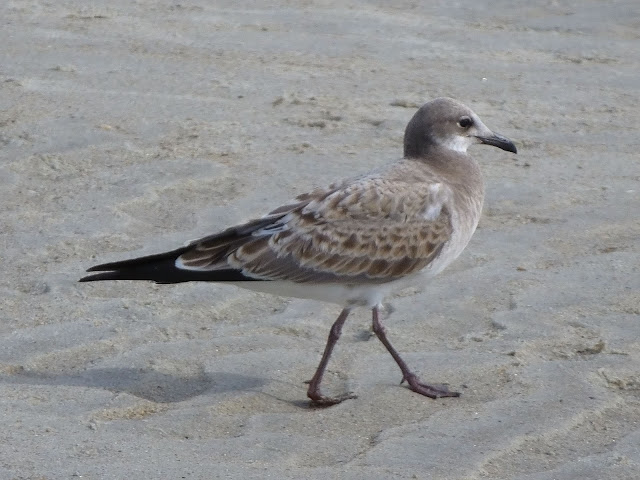I know that couscous is available in most American supermarkets. I know that because my mother used to buy boxes of it in the supermarkets in the little town of Morehead City, N.C. She would cook it according to the directions on the package and eat it with melted butter as a breakfast cereal. Actually, it's a form of pasta, made with durum wheat semolina (semoule de blé dur). Think cream of wheat but not boiled, just steamed so that the grains of semolina remain separate.
In North Africa, the Middle East, and France, couscous is much more than just the couscous "grain" or semoule. The Larousse Gastronomique food and cooking encyclopedia says that couscous is « le plat national tant de l'Algérie que du Maroc et de la Tunisie. » It's not about breakfast cereal. So what is it about? Couscous as a dish is a stew — a mix of peeled vegetables cooked in a broth (chicken or vegetable) flavored tomatoes and with ras el hanout, which is a powered spice blend.
Here are some of the vegetables that go into the stew. I think you can identify them. They include what we might call summer vegetables like eggplant, zucchini, and green beans, as well as winter vegetables like turnips, rutabagas, carrots, celery root, and leeks, along with onions and shallots as well as chickpeas (garbanzo beans).
The spicy stew of tomatoes and vegetables make a sort of sauce that is served with the couscous "grain". Putting meat in the stew is optional, because it can also be served separately as a first course (spit-roasted lamb called méchoui is a standard, but chicken and other meats are often included). The hot-pepper paste called harissa is a standard accompaniment. Serve a pile of steamed couscous on a plate, put some vegetables and meat and broth over the grain. Then fill a small ladle with broth and stir in some harissa paste before dribbling it over the couscous and vegetables to spice it all up.
For this couscous, I decided to cook some veal that often goes into acreamy white stew called blanquette de veau, flavored with onions, carrots, white wine, and mushrooms. Veal is a mild-tasting meat, like chicken or turkey, that won't clash with couscous broth and vegetables, I thought, when I saw that Intermarché was having special on veal at 8.50€/kg. This is stew meat that needs long (two hours or more), slow cooking before it becomes tender and succulent. (In the past, I've also cooked this kind of veal in tomato sauce with olives.)
First, sauté the veal (or chicken) in olive oil to brown it. Pour 1.5 liters of chicken broth over it and let it simmer for 90 minutes (less time for chicken). Taste it for tenderness. Add in some bay leaves, black peppercorns, and allspice berries or cloves. And add in two tablespoons of ras el hanout spice powder (powdered cumin, turmeric, ginger, nutmeg, coriander seed, cardamom, pepper, caraway seeds, paprika, fennel seeds, and fenugreek are some of the spices in the spice mixture).
[More tomorrow...]




















































